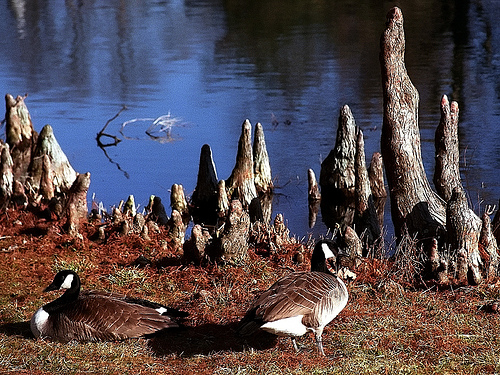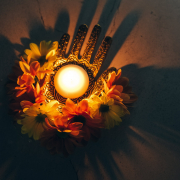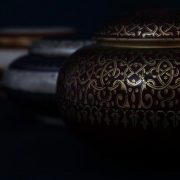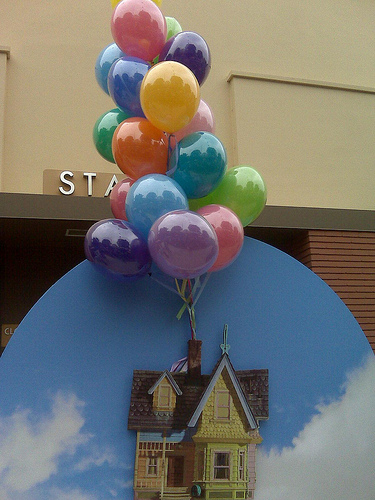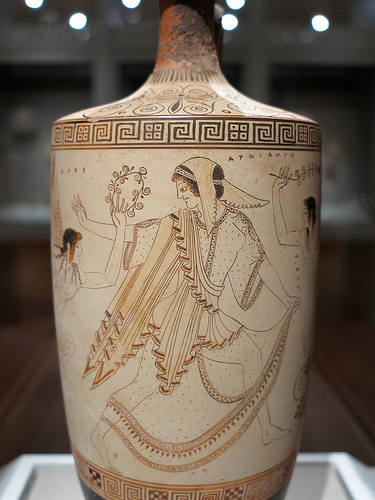Spiritree: A Life After Death
 When someone dies, people gather to commemorate the memory of the deceased. This is the time when people would sing funeral songs that remember how the person lived his or her life and at the same time sing praises as they prepare their loved one’s transcendence.
When someone dies, people gather to commemorate the memory of the deceased. This is the time when people would sing funeral songs that remember how the person lived his or her life and at the same time sing praises as they prepare their loved one’s transcendence.
Individuals are given the opportunity to choose burial or the basic cremation. To those who are opting for cremation, they are provided with different choices. First is getting a space on a cemetery. This is a cheaper way compared to buying a lot. Second is opting to bring the urn home and creating an altar for their loved ones. This is another way to save money. Third is to purchase a biodegradable burial urn called Spiritreewhich turns your loved one’s ashes into a living tree.
The Spiritree gives meaning to the saying “There’s life after death” while stressing the importance of being conscious of the environment. It is a plantable urn made in San Juan, Puerto Rico which was designed by Jose Fernando Vazquez Perez. It was inspired by the passing of his great grandmother. This encouraged him to conceptualize Spiritree which is a renewal of life that would refurbish the environment.
Launched in 2005, it is locally made in Puerto Rico by artisans. The brilliant design consists of biodegradable materials found at the bottom part of the urn which neutralizes the alkaline content of the cremated ashes. The top cover, on the other hand, is made of ceramic shell with small holesthat allows the water to be collected and slowly released inside. The moisture helps with the natural decomposition. The remains are recomposed gently with the soil which transforms into the nutrients needed for a growing sapling. The ceramic top of the urn will shatter and will result into a living tree.
One advantage of Spiritrees are the ability of the bereaved to divide the remains of their loved ones. This is popular among family members that live in different parts of the world. Family members would order a number of Spiritrees and divide each of the remains equally. This way, each member of the family would have the opportunity to actually have a piece of their loved ones.

